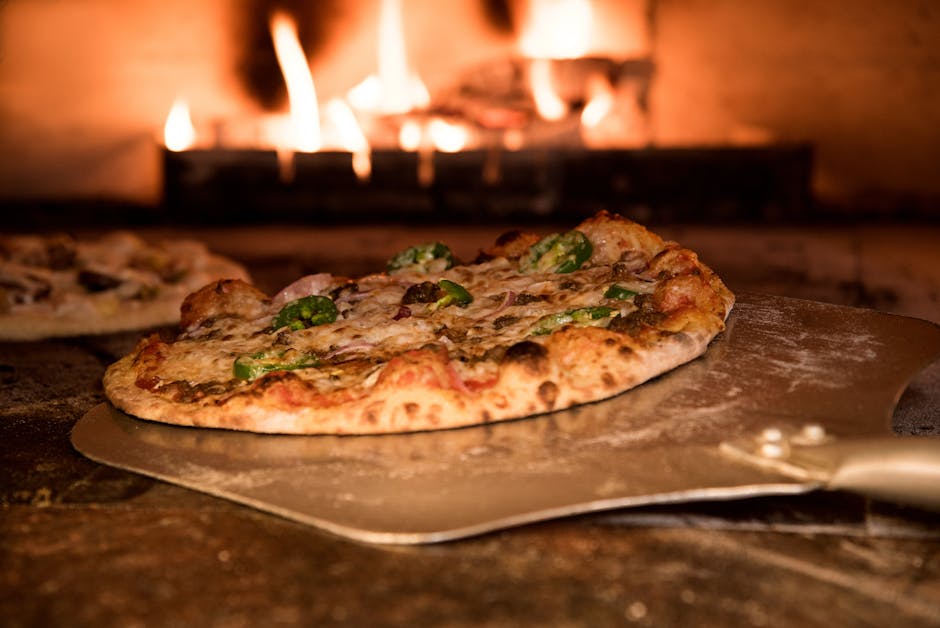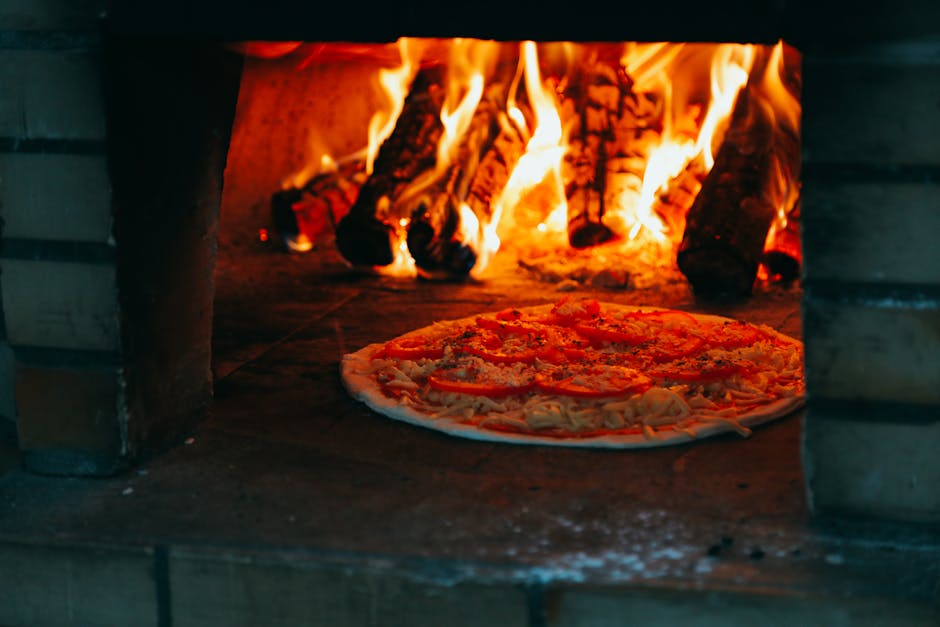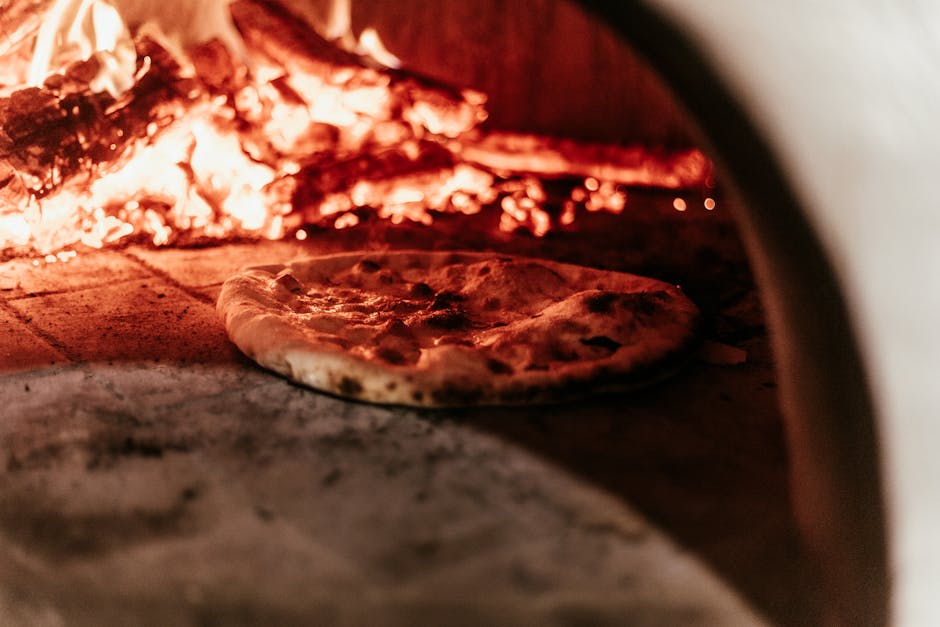
If you’ve ever taken a pizza out of your oven only to find burnt crust, soggy centers, or unevenly cooked toppings, you’re not alone. Even the best home pizza chefs run into challenges on their quest for authentic results. At Best Pizza Ovens, we’ve tested and researched a wide range of pizza ovens—indoor, outdoor, gas, wood-fired, and electric—to help troubleshoot the most common issues people face. From dough disasters to oven hot spots, let’s dive deep into the solutions that will take your pizza game to the next level.

Understanding Your Pizza Oven: The Foundation of Troubleshooting
- Know Your Oven Type: The specific troubleshooting steps often depend on whether you own a wood-fired, gas, electric, or hybrid oven. Each fuel type brings unique quirks and maintenance needs.
- Max Temperatures Matter: Most quality pizza ovens reach between 750°F and 950°F (400–510°C). Lower-end models may struggle to get hot enough, while some indoor ovens safely peak around 700–800°F for Neapolitan-style results.
- Location Impacts Cooking: Outdoor ovens face wind and weather, while indoor ovens require special attention to ventilation and preheating. Both come with their own troubleshooting nuances.
Common Pizza Oven Problems and How to Fix Them
1. Unevenly Cooked Pizzas
This is one of the most frequent gripes among home pizza bakers. The crust on one side is burnt while the other is pale, or your toppings are charred but the dough is still raw underneath.
- Hot Spots in the Oven: Many ovens, particularly wood-fired and gas models, have natural hot spots. To solve this:
- Rotate the pizza every 20–30 seconds during baking, using a turning peel if possible.
- For wood-fired ovens, manage your fire placement. Shovel coals or burning logs around if needed to distribute heat evenly.
- Invest in a pizza oven with an L-shaped burner (like some Ooni or Gozney models) for more consistent heat.
- Uneven Stone or Baking Surface: If your stone is thicker on one end or warped, heat won’t distribute properly. Always preheat the oven stonefully, and replace damaged stones as needed.
2. Pizza Bottoms Burnt or Soggy
Pizza bottoms should be crisp and lightly charred, not blackened or undercooked and limp.
- Oven Too Hot/Cold: Burnt bottoms usually mean your stone or deck is too hot. Try reducing preheat time by a few minutes, or allow for a few minutes between pizzas to let the stone cool slightly.
- Excess Flour or Semolina: Too much bench flour can scorch and cause bitterness. Use just enough to transfer the pizza to your peel and brush excess from the stone between bakes.
- Soggy Crust Solutions:
- Preheat thoroughly—most stones need at least 20–30 minutes at full temperature for crispy bases.
- Use a minimal amount of sauce and avoid wet, heavy toppings. Too much moisture is a sure recipe for sogginess.

3. Pizza Toppings Burn Before Crust Is Done
- Toppings Cook Faster Than Dough: This is common with high-temp ovens and thin pizzas. Prevent this by:
- Using smaller, evenly cut toppings.
- Adding delicate ingredients (like fresh herbs or soft cheeses) near the end of the bake.
- If possible, lower the flame or use a door briefly to let radiant heat cook the crust without direct flame on the toppings.
4. Dough Sticking to Peel or Oven Floor
- Why It Happens: Overly wet dough, excessive toppings, insufficient flour on the peel, or not launching soon enough after the build.
- How to Fix:
- Use only a minimal amount of flour or fine semolina on your peel.
- Stretch dough so it isn’t too thin in the middle.
- Move quickly after topping your pizza to avoid sticking.
- Practice the launch—shake before you slide to ensure the pizza moves freely.
5. Inconsistent Oven Temperature
- With Wood-Fired Ovens: Oven temps can drop quickly if the fire’s too small or build up too fast. Check that you’re using properly dried hardwood or pellets, and add wood in smaller, more frequent amounts for steady heat.
- With Gas Ovens: Make sure the regulator and gas supply are working correctly. If your oven won’t reach max temp, the burner may need cleaning or the attachment may be loose (especially in hybrid ovens).
- For Electric Indoor Ovens: Avoid opening the door too often, as that leads to major temp drops. Always allow full recovery time if you’re baking several pies in a row.
Preventive Maintenance: Keep Problems at Bay
- Clean Ash and Residue Regularly: Ash build-up in wood ovens can block airflow and affect heat.
- Inspect Your Stone: Cracks trap moisture and reduce crispiness—replace or clean thoroughly whenever needed.
- Check Burner Jets (Gas): Clogged jets make for uneven heating. Follow your oven’s user guide for safe cleaning.
- For Indoor Ovens: Remove crumbs and drips after every use, and check heating elements occasionally.
Expert Tips for Consistently Great Results
- Always preheat your oven and stone fully—heat retention is key to Neapolitan-style pizzas.
- Let your pizza dough rest and ferment for 24 hours when possible. This develops flavor and chew in the crust.
- Use a digital infrared thermometer to verify your stone’s surface temperature—it should match your oven’s specified optimal temp for pizza baking.
- If experimenting with various fuel types, understand that wood-fired, gas, and electric all impart different flavors and textures. Tinker to match your preference.

Quick Reminders: Troubleshooting Cheat Sheet
- Preheat long enough: At least 15 minutes for gas, 20–40 minutes for wood ovens.
- Rotate pizzas for even cooking, especially when using single-side burners or traditional wood-fired setups.
- Keep it simple: Less is more when it comes to toppings—a loaded pizza leads to a soggy center.
- Watch for wear and tear: Check stone, burner, and seals regularly.
When to Seek Help (and Where to Find More!)
If troubleshooting and tweaks still don’t give you picture-perfect results, it might be time to upgrade or maintain your oven, or check out our detailed guides to find an oven that fits your needs and pizza style. An oven tuned to your style makes troubleshooting far easier. We have detailed, unbiased reviews and pizza oven selection guides on Best Pizza Ovens so you can be confident every time you fire it up.
At Best Pizza Ovens, we are passionate about helping pizza lovers at every level get authentic, delicious results—whether you’re in a small urban apartment with an indoor electric oven or hosting pizza parties in the backyard with a wood-fired beast. Dive deeper into our guides, or share your own troubleshooting experiences with us!
Ready for your next pizza night? Explore our in-depth oven reviews and tips at Best Pizza Ovens.
